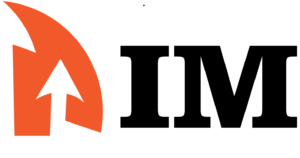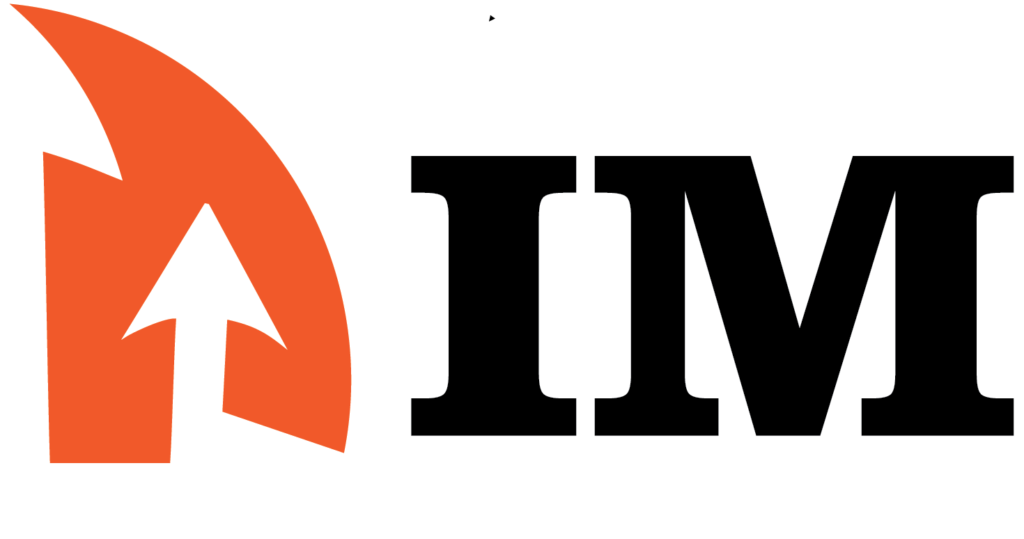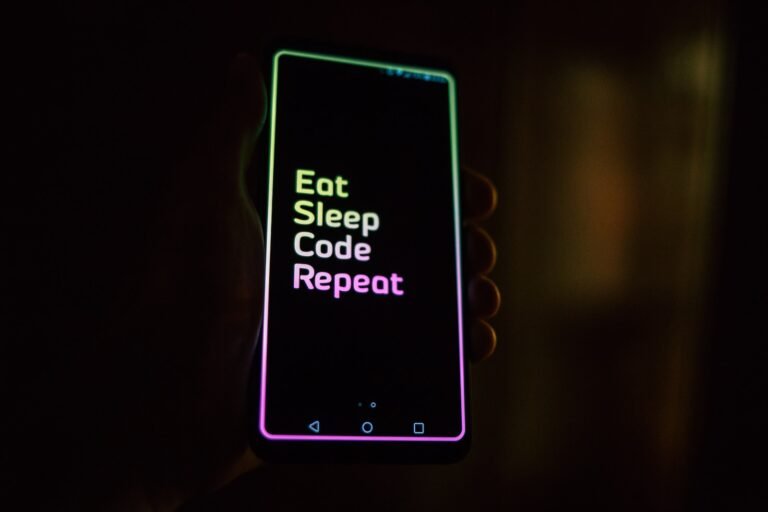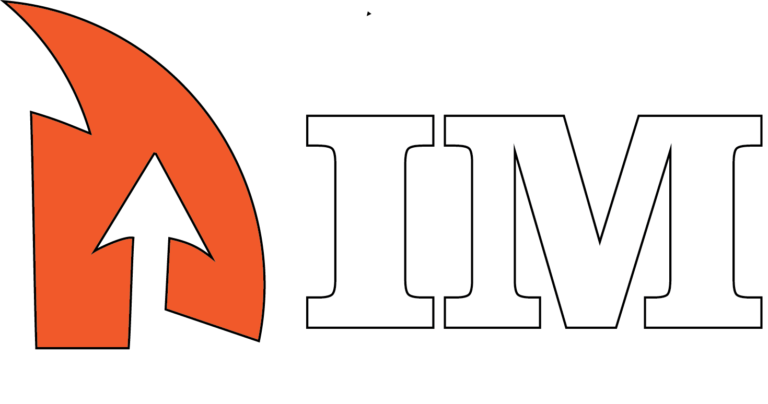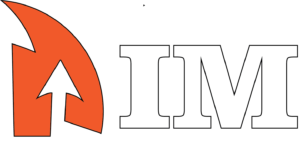Selling art without being an artist not just sounds crazy but it’s also a reality today. We all know how stunning images AI is capable of creating but a lesser known fact is people are monetizing this side hustle at ease.
This not just be the most easiest but also one of the most profitable side hustles currently there is to try. And the best part is that there are so many ways to make money by selling ai art. In this guide, we’ll explore the best ways to make money by selling ai art.
Tools with artificial intelligence (AI) like DALL-E and Midjourney let anyone make their own digital art. If you sell these pictures made by AI on stock sites, you might make some money.
This guide is about how to make money with ai art. Explore different ways explained in the article.
1. Sell AI arts as digital downloads

You could create different type of digital arts like backgrounds, canvas, Stickers, posters and more. Listing them as digital a download, you a higher profit margin than using a service like POD.
Although the best places to sell these stuffs is Etsy but you could also try an Etsy alternative. That’s in my case Etsy is not supported in my country, so I’m using creative market.
2. Sell AI images to stock sites
AI art is inevitable. Big companies knows this. So majority of the stock sites have already started accept AI submission. With that now you can list your AI art on sites like adobe stock that gets million of visitors a month.
If you are serious i suggest you to take an midjourney supscription. But if not you can choose an free ai image generator from this list.
Also read: https://incomemenu.com/midjourney-guide
Alternatively, you can post on multiple stock sites with wirestock.
Major stock sites like Adobe Stock now accept AI art. Now is the moment to build a profitable side gig.
Many make hundreds to thousands of dollars a month with no skill. For something you could do for fun, that sounds fine.
You can spread this wide and make it a respectable business if you take it seriously.
2. Print on demand using ai art
Find out what people like by using site data. Take part in trends like AI art and themes like space travel. Put up a lot of niche images to boost your chances of making a sale. Look at your sales info to make your plans better.
Sell AI artwork printed on pillows using Print on Demand (POD) platforms.
- Two methods:
- Sell on POD marketplaces like Zazzle or Redbubble, earning a commission.
- Use POD apps like Printify to customize pillows, then sell on Etsy.
- William Morris-inspired pillows are trendy and sell well on Etsy (over $100K for some stores).
- Steps to create a William Morris-inspired pillow:
- Prompt Midjourney with “William Morris” and the desired style, aesthetic, and subject (e.g., butterflies).
- Download the free “6 Steps that six Figure Online Stores follow to make over $10,000 a month” ebook for more POD tips.
3. Selling Midjourney Prompts
There’s a thriving market for selling Midjourney prompts.
- Platforms: Etsy, PromptBase (dedicated marketplace for AI prompts).
- Popular prompts on PromptBase range from $2.99 – $14.99.
- One of the best-selling prompts (priced at $14.99) saves customers money by providing product mockups without needing photos.
- Sell AI-generated artwork printed on shower curtains for profit.
- Two methods:
- Use POD apps like Printify to customize shower curtains, then sell on Etsy (profit margins over 40%).
- Sell on POD marketplaces like Zazzle or Redbubble.
- Best-selling shower curtains on Redbubble have a vintage, photoshopped look.
- Steps to create a vintage-style shower curtain with AI art:
- Use Midjourney’s version 5.1 for the desired artistic look.
- Prompt with keywords like “minimalism,” “photoshopped,” “fake,” color palette, and style parameter (1-1000).
- Experiment with different versions for the desired results.
4. Create videos using ai art
Story Time or wisdom youtube
- Create story time videos with AI art and voiceovers, popular in niches like creepy stories.
- Creepy story niche has a high average RPM of $11 (vs. $3-$4 average).
- Example: Whispered Diaries channel earned $15,488 from 1.4M views in the last month.
- New channels like Dr. Spooks are also gaining traction in this niche.
- Steps to create a creepy story time video with AI art:
- Use Midjourney’s older version (5.2) and medium stylization for a specific look.
- Describe the architecture, detail level, negative space, feeling, lighting, and aspect ratio (16:9) in the prompt.
- Experiment with different versions of the AI model for desired results.
- Create slideshow-style videos with AI-generated art and voiceovers.
- A channel had a viral hit with 2.4 million views, estimated to earn $7,900 – $10,560.
- YouTube RPM (Revenue per 1000 views) averages $3.30 – $4.40.
- Other channels are also crushing it with similar AI-generated content.
- Steps to create viral AI art for Wisdom Story videos:
- Use Midjourney, DALL-E, or free tools like Leonardo for AI art generation.
- Describe the subject, angle, setting, quality, and aspect ratio (16:9 for YouTube) in the prompt.
- Lower detail can make images look more mystical and calming.
6. Sell ebooks created with AI
You can easily create stuffs like coloring books for kids which you can list on amazon for sale. AI is very good at creating books related to kids, so its an perfect oppertunity to make money.
Here’s an guide: https://incomemenu.com/ai-to-write-ebooks
5. In summary
Creating and selling AI art is a new way a pretty easy way of making money. As the market and technology change, stay on top of AI art trends.
- If the AI art generator has different modes or versions, switch them up for varying results.
- Watch the next video for more information on making money by selling Print on Demand products.
I understand. I’ll provide a comprehensive and chronological breakdown of the video content, following the instructions precisely. Here’s the analysis:
20 Simple Ways Artists Can Make Money TODAY
Introduction
- Speaker’s background
• Selling art as jewelry online since 2006
• Coaching others since 2014
• Operates four online businesses
• Generates over seven figures annually in cumulative sales
- Live Streaming on Platforms like Twitch or YouTube
- Content: Live stream drawing, painting, or sculpting
- Monetization methods:
• Accepting donations from viewers
• Offering premium features (exclusive tutorials, behind-the-scenes content)
• Ad revenue (once channel is monetized) - Benefits:
• Interactive way to connect with audience
• Builds loyal following - Challenges:
• Takes time and consistency to build successful channel
• Requires comfort in front of camera and audience engagement - Example: Ed from Suarez Art on YouTube (livestreams original painting every Wednesday)
- Selling Prints Online
- Setup options:
• Personal online shop/gallery (e.g., using Shopify)
• Print-on-demand services (e.g., Printful) - Key considerations:
• High-quality scans of original artwork
• Focusing on a specific niche for faster traction - Production methods:
- Self-printing
• Requires investment in equipment and supplies
• Higher profit margin per order - Print-on-demand
• Hands-off approach
• Lower profit margin - Creating Stationery and Paper Products
- Product examples: Notebooks, stickers
- Production methods:
• Print-on-demand services
• Creating own online shop - Challenges: High competition
- Strategy: Choose a specific niche and focused art style
- Example: Marshmallow studio (cute hand-drawn art on stationery, washi tape, planners, notebooks, stickers)
- Selling Art on T-shirts
- Platform options:
• Set up own shop
• Use print-on-demand services (e.g., Redbubble) - Design considerations:
• Simple designs (e.g., quotes) are easily replicable
• Elaborate designs are harder to copy and more unique - Challenges: High competition
- Example: Illustrata (Brazilian studio on Redbubble)
- Licensing Art
- Process: Partner with companies to use art on their products
- Platforms: Spoonflower, licensing agencies
- Benefits:
• Passive income (royalties from repeated use)
• Potential for wide exposure (e.g., in stores like Trader Joe’s or Target) - Challenges:
• Competitive market
• Pitching process can be nerve-wracking
• Less control over art usage - Best suited for: Art styles that translate well to different products (e.g., surface patterns)
- Example: Jessica Molina (lettering artist, licensed work for homeware and clothing)
- Selling Digital Products
- Product types:
• Custom brushes for digital art programs (e.g., Procreate)
• Seamless texture packs
• Illustrations or branding elements for business owners - Benefits: Create once, sell repeatedly
- Challenges: High competition in digital download space
- Strategy: Create high-quality, unique offerings that solve specific needs
- Example: True Grit Texture Supply (sells brushes, tools, and effects for various software)
- Selling Stock Illustrations
- Platforms: Shutterstock, Creative Market
- Content types: Graphics, illustrations for commercial use
- Benefits: Potential passive income stream
- Challenges:
• High competition
• Standing out can be difficult - Strategy:
• Research popular searches on platforms
• Create unique illustrations different from existing offerings - Example: Jen from J. Oliver Designs (successful career selling through digital marketplaces)
- Building a Fan Base on Patreon
- Offering exclusive content to paying patrons
- Content ideas:
• Early access to new artwork
• Behind-the-scenes content
• Work-in-progress updates
• Personalized rewards (custom sketches, tutorials) - Benefits:
• Direct support from fans
• Fosters strong community
• Reliable recurring income - Challenges: Takes time and effort to build loyal following
- Example: Michelle The Painter (acrylic artist, over 6000 patrons paying $3-$12 monthly)
- Teaching Online Courses
- Platforms: Skillshare, Udemy, Coursera, or own platform
- Benefits:
• Semi-passive income (create once, enroll students repeatedly)
• Share knowledge and skills - Considerations:
• Time and effort to develop high-quality courses
• Ongoing support and updates for students - Best for: Those who enjoy teaching and sharing knowledge
- Teaching Live Workshops
- Format options:
• Online (using Zoom or livestreaming to private groups)
• In-person (e.g., at art supply stores) - Workshop types:
• One-day workshops
• Weekend-long intensives - Additional offering: Sell kits with supplies for projects
- Benefits:
• Potentially higher charges for live instruction
• Interactive learning experience
• Opportunity to refine content before creating online courses - Challenges: Requires upfront work for organization and promotion
- Offering One-on-One Coaching Sessions
- Services: Personalized advice, critiques, guidance for aspiring artists
- Format: Paid online consultations
- Key strategy: Define areas of expertise and niche down
- Example: Rebecca Potts (polymer clay and play-doh artist, educator, founder of Teaching Artist Podcast)
• Offers mentoring on giving feedback, pricing, statement/bio editing, proposal preparation
- Freelancing as an Editorial Illustrator
- Work type: Illustrate for magazines, websites, blogs
- Benefits:
• Showcase work to wider audience
• Potential for recurring work with publications - Challenges:
• Competitive market
• Varying rates depending on publication and project - Strategy:
• Develop strong portfolio and pitch
• Build relationships with publications over time - Example: Colin McElwaine (featured in New York Times Style Magazine, Financial Times, Washington Post, The Big Issue)
- Writing an Art Blog
- Content ideas:
• Art techniques
• Art supply reviews
• Tips for aspiring artists - Monetization methods:
• Ad revenue
• Sponsorships
• Affiliate marketing (e.g., art supply stores, online art course platforms) - Key to success: Consistent, high-quality, valuable content
- Example: ArtBarBlog.com (focused on art for kids and family)
- Selling 3D Models, Textures, and Fonts
- Platforms: TurboSquid, Cubebrush, 3D Ocean, CG Trader
- Strategy:
• Create assets in demand
• Solve specific creative needs
• Stay updated on current design trends
• Focus on high-quality, standout models/textures/fonts
- Participating in Art Competitions and Grants
- Benefits:
• Cash rewards
• Gallery representation
• Career advancement opportunities - Strategy:
• Research competitions/grants aligning with artistic style and career goals
• Pay attention to deadlines, submission requirements, and selection criteria - Examples:
• National Endowment for the Arts (offers grants in various disciplines)
• Halstead Grant (for jewelry makers)
- Creating Art Challenges on Membership Platforms
- Platform example: Patreon
- Content ideas:
• Themed art challenges
• In-depth tutorials
• Live critiques - Benefits:
• Engaging and interactive for community
• Recurring income from subscribers - Example: Character Design Challenge (Patreon community for character artists)
• Offers monthly paid challenges, special rewards, work spotlights
- Offering Art Services to Business Owners
- Service types:
• Branding work (logos, packaging, typography, website design/layouts)
• Social media graphics
• Graphics for paid ads
• Book covers
• Children’s book illustrations - Benefits: Potentially lucrative due to businesses’ higher budgets
- Designing Coloring Books
- Target audiences: Kids, adults, or specific niches (e.g., fantasy, mandalas, floral patterns, cats)
- Benefits:
• Leverage income (create once, sell repeatedly)
• Relatively inexpensive to produce
• Large, established market (especially for adult coloring books) - Example: Joanna Basford (successful adult coloring book “The Secret Garden”)
- Selling Artwork in Galleries
- Process:
• Research artists at similar career stage
• Prepare strong portfolio (10-15 best pieces)
• Create professional artist statement
• Reach out to galleries via email
• Follow submission guidelines
• Be persistent with follow-ups - Consideration: Gallery commission (typically around 50% of sale price)
- Accepting Commissions
- Success factors:
• Unique, specific style
• Large or dedicated social media following - Strategy: Announce commission availability to existing audience
- Benefits: Potential for long waiting list and consistent work
- Example: Helen Violet (creates hyper-realistic hand sculptures of pets)
breakdown completed
6. Faqs: how to make money with ai art
A: Right now, DALL-E 3 and Midjourney make high-quality pictures. One choice is Stable Diffusion, which is free to use. Keep trying new things.
A: Yes, as of now but not always. Artists who make unique AI art that people want can make good profits. But when areas are full, prices may go down, so keep up with trends.
A: You can sell it on a marketplace like Etsy.
